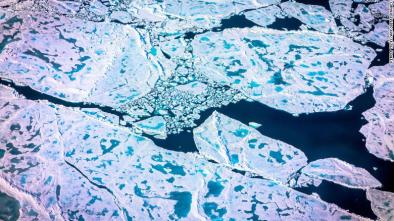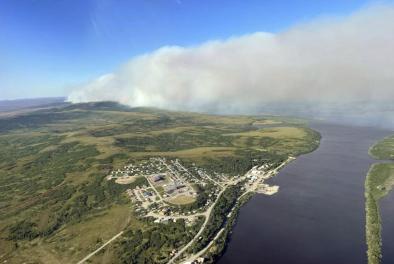Extremes become routine in an emerging new Arctic
Study key findings & significance
- The fast-warming Arctic has started to transition from a predominantly frozen state into an entirely different climate.
- The Arctic has now warmed so significantly that its year-to-year variability is moving outside the bounds of any past fluctuations, signaling the transition to a “new Arctic” climate regime.
- Arctic sea ice has melted so significantly in recent decades that even an unusually cold year will no longer have the amount of summer sea ice that existed as recently as the mid-20th century.
- Autumn and winter air temperatures will also warm enough to enter a statistically distinct climate by the middle of this century, followed by a seasonal change in precipitation that will result in additional months in which rain will fall instead of snow.
Author quotes
The rate of change is remarkable. It's a period of such rapid change that observations of past weather patterns no longer show what you can expect next year. The Arctic is already entering a completely different climate than just a few decades ago.
Laura Landrum, study lead author and NCAR scientist
The Arctic is likely to experience extremes in sea ice, temperature, and precipitation that are far outside anything that we've experienced before. We need to change our definition of what Arctic climate is.
Laura Landrum, study lead author and NCAR scientist
Abstract
The Arctic is rapidly warming and experiencing tremendous changes in sea ice, ocean and terrestrial regions. Lack of long-term scientific observations makes it difficult to assess whether Arctic changes statistically represent a ‘new Arctic’ climate. Here we use five Coupled Model Intercomparison Project 5 class Earth system model large ensembles to show how the Arctic is transitioning from a dominantly frozen state and to quantify the nature and timing of an emerging new Arctic climate in sea ice, air temperatures and precipitation phase (rain versus snow). Our results suggest that Arctic climate has already emerged in sea ice. Air temperatures will emerge under the representative concentration pathway 8.5 scenario in the early- to mid-twenty-first century, followed by precipitation-phase changes. Despite differences in mean state and forced response, these models show striking similarities in their anthropogenically forced emergence from internal variability in Arctic sea ice, surface temperatures and precipitation-phase changes.
Related Content





